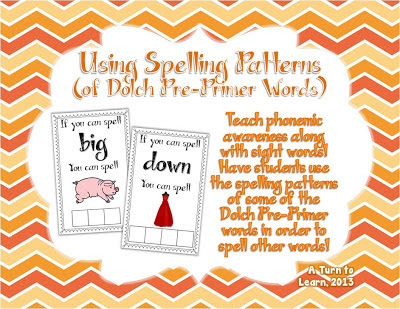WEF Profiling Explained
Profiling is a frequently misunderstood concept in web experience factory. This blog entry describes profiling by comparing it to java code, something that more developers are familiar with.
Comparing Profiles to Java Code
Many people struggle with the concept of profiling and profile sets, but it can be closely compared to a conditional statement in java. Suppose that we have a button that needs to be displayed if the application is accessed from an android device. Coding this using java would look something like this (depending on the framework):
The same can be accomplished with WEF profiling except we don't have any code to work with, only a button builder with inputs. Ideally, we would want to apply the results of profiling to the builder enable input, setting it to true or false which would effectively replicate what the java code above does.
Think of a profile set as a collection of profiles and the selection of a given profile is the result of a conditional statement. That conditional statement is controlled by a selection handler. Let's look at the code above again from this perspective
The profile set selection handler is the engine that controls which profile is selected. In this particular case, we're using the mobile selection handler which contains logic that looks at the HTTP request user agent header to determine which profile is selected. Moving one step further, the selection handler doesn't really return a value like "android" per se, it chooses a profile.
Suppose we not only want to control the visibility of a button, but we also want to execute a call to a service provider operation when the application is accessed from an android device. In java, we would add some logic
For the sake of making this explanation clearer, let's also add some code to handle iPhones as well as a handler for the default case
That all seems very obvious if we were using java, but how is it implemented in WEF using profiling?
Here is the detailed profile entry for the button
Similarly, the action list is profiled
and below is the detailed profile entry
Only one profile in any profile set can be active at one time, and profiling is applied when the user session is first initiated. It is not possible to use two different profiles from the same profile set or switch profiles in the same session.
Comparing Profiles to Java Code
Many people struggle with the concept of profiling and profile sets, but it can be closely compared to a conditional statement in java. Suppose that we have a button that needs to be displayed if the application is accessed from an android device. Coding this using java would look something like this (depending on the framework):
if (request.getHeader("User-Agent") == "android"){
button.visible = true;
}
The same can be accomplished with WEF profiling except we don't have any code to work with, only a button builder with inputs. Ideally, we would want to apply the results of profiling to the builder enable input, setting it to true or false which would effectively replicate what the java code above does.
Think of a profile set as a collection of profiles and the selection of a given profile is the result of a conditional statement. That conditional statement is controlled by a selection handler. Let's look at the code above again from this perspective
if (profileset.selectionHandler.result == "android"){
button.enable = true;
}The profile set selection handler is the engine that controls which profile is selected. In this particular case, we're using the mobile selection handler which contains logic that looks at the HTTP request user agent header to determine which profile is selected. Moving one step further, the selection handler doesn't really return a value like "android" per se, it chooses a profile.
Suppose we not only want to control the visibility of a button, but we also want to execute a call to a service provider operation when the application is accessed from an android device. In java, we would add some logic
if (profileset.selectionHandler.profile.name == "android"){
button.enable = true;
invokeSomeOperation();
}For the sake of making this explanation clearer, let's also add some code to handle iPhones as well as a handler for the default case
if (profileset.selectionHandler.profile.name == "android"){
button.enable = true;
invokeSomeOperation();
}
else if (profileset.selectionHandler.profile.name == "iphone"){
button.enable = false;
invokeSomeOperationIPhone();
}
else{
button.enable = false;
// do nothing
}That all seems very obvious if we were using java, but how is it implemented in WEF using profiling?
Here is the detailed profile entry for the button
Similarly, the action list is profiled
and below is the detailed profile entry
Only one profile in any profile set can be active at one time, and profiling is applied when the user session is first initiated. It is not possible to use two different profiles from the same profile set or switch profiles in the same session.





Comments
Post a Comment